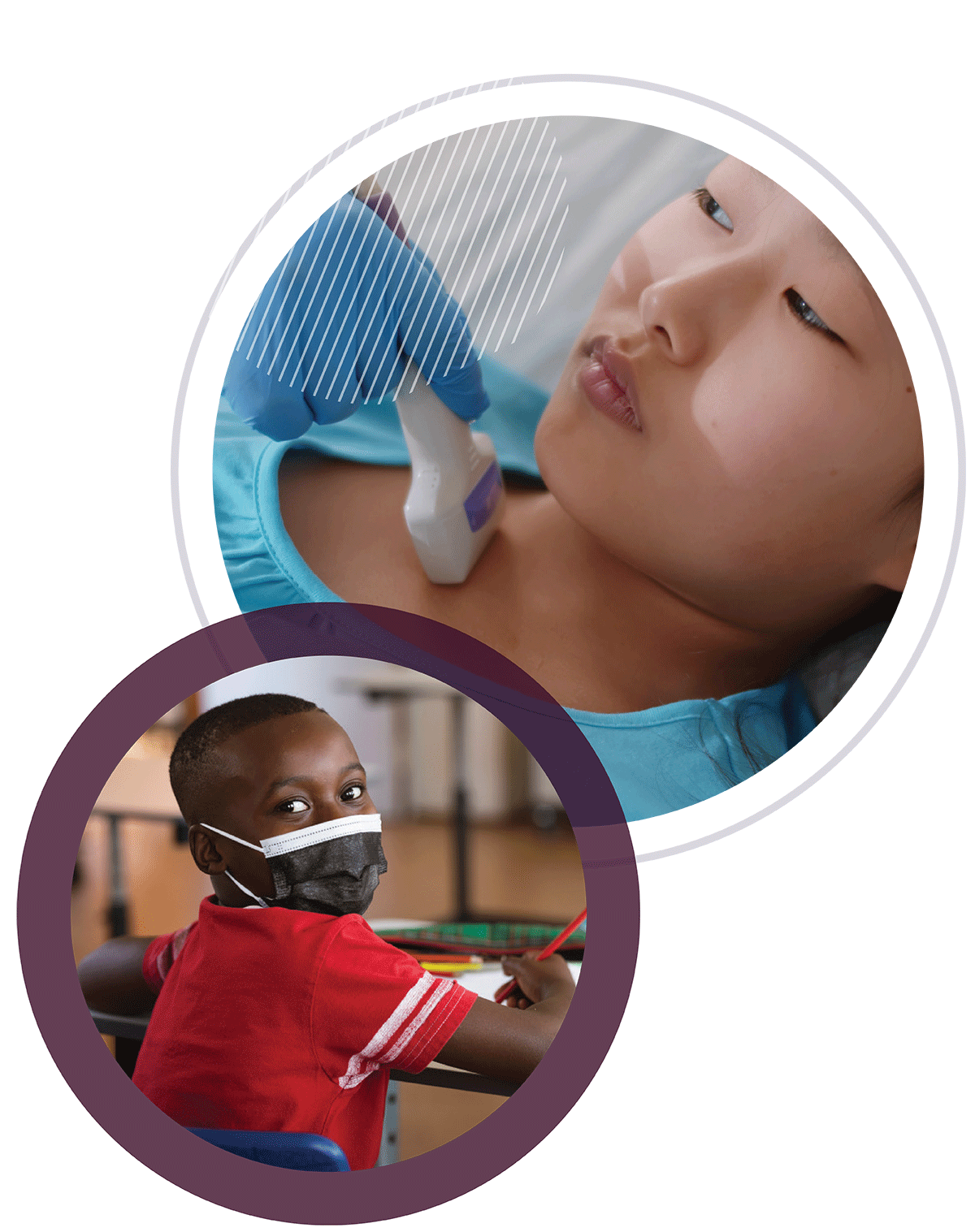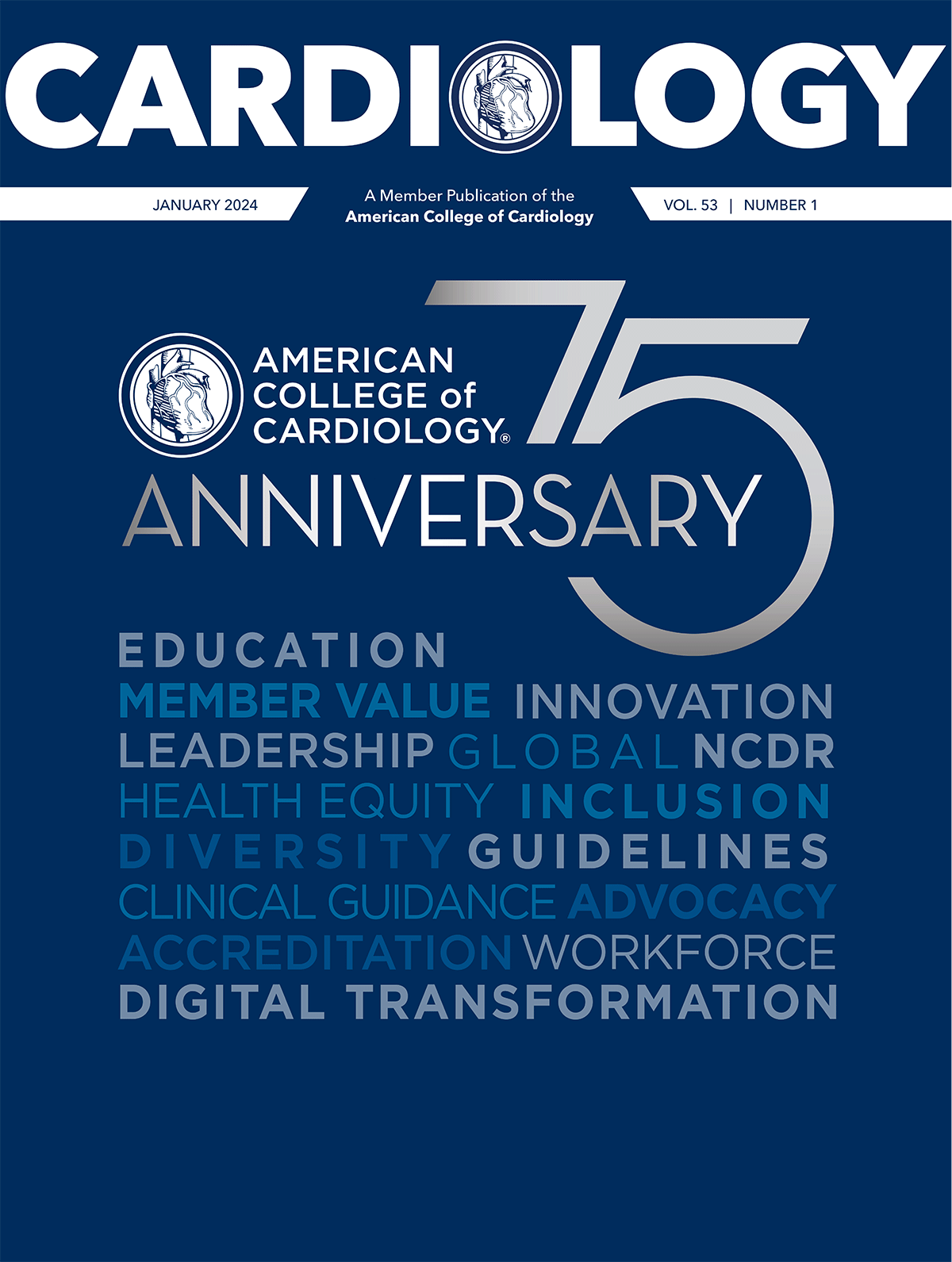From the Member Sections | RHD: An Overlooked CV Burden

We have turned a blind eye to the needs of the world's poorest, most vulnerable and most underserved communities. Almost 300,000 people every year lose their lives to rheumatic heart disease (RHD), an immune-mediated inflammatory condition that causes damage to the heart valve – a treatable and preventable disease.1
Described as the "stark measure of health system failure and inequality" by the RHD Action movement, it is most common in developing countries in Africa and Asia.2 RHD is also common in indigenous and socioeconomically disadvantaged populations in high-income countries such as the U.S.3
The most commonly acquired heart disease in individuals younger than 25 years, RHD starts as a seemingly harmless strep throat infection. Left untreated, strep throat triggers the body's immune system, causing acute rheumatic fever that leads to an acquired chronic cardiac valve disease.4
Learn More About RHD
Click here to read an overview of RHD from Cardiology's archive, including a look at local and global prevention efforts, treatment considerations, as well as a classic case presenting in emergency departments in the U.S.

RHD affects more than 40 million people worldwide. Research conducted in South Africa reports that the management of RHD in an affected individual may be attained for less than $1 a year.5 According to the World Health Organization, the most vulnerable are children and adolescents with poor access to health care and medical interventions.1
Poor health care access has made diagnosis so rare in low-resource settings that those affected may be unaware of it until it irrevocably worsens. Therefore, unique resources must be dedicated to its prevention and early detection in RHD-endemic regions.
There is no cure for RHD. Affected individuals face its consequences for the rest of their lives, even after undergoing surgery to fix their affected valves. Such is the story of a 12-year-old girl, who had to leave her friends and family and undergo surgery after a week of feeling seriously ill. Her RHD had progressed so severely that she underwent immediate open-heart surgery on two of her heart valves.
Although the operation was successful, she continues to spend her days dependent on her next painful antibiotic injection and never-ending appointments with specialists. She is not alone. Countless other children wake up every day to this disease that determines how they live their lives.
Early detection and prevention are the best chance for saving lives. School teachers can play a significant role in early detection; they can be educated and made aware to look out for students who frequently suffer from throat infections and show symptoms such as skin sores and high fever.
Understanding the Global Burden of CVD
Click here to explore all the tools on the JACC Global Burden of CVD Hub. Click here for a deep dive into the newest data.
Nurses can be appointed at schools to make preliminary diagnoses and refer exposed children to specialist physicians. Campaigns should be carried out in endemic countries where free echo screenings are conducted in exposed and vulnerable children.6 More funds should be dedicated to researching the pathogenesis of RHD and collecting reliable data in endemic countries where the disease continues to be underreported.
The only difference between us and those suffering from RHD is our privilege of being born and living in areas that are not endemic to the disease. Individuals who come from low-income families and who are forced to rely on poor health care and limited access to care have all the odds stacked against them. Therefore, it is not only our job, but also our responsibility as health care advocates to empathize, join forces and play our role in assisting individuals at risk for developing RHD in their fight and prevention against this deadly disease.

This article was authored by Tashfeen Nasira, a fourth-year medical student at Amna Inayat Medical College in Lahore, Pakistan, and a member of ACC's Medical Students Section. Reach out to her using @TashfeenNasira.
References
- Rheumatic Heart Disease. World Health Organization Fact Sheet. 2020. Available here. Accessed Sept. 30, 2022.
- RHD Action. What is RHD? 2022. Available here. Accessed Sept. 30, 2022.
- Shawar Y, Shiffman J. Generating global priority for addressing rheumatic heart disease: a qualitative policy analysis. J Am Heart Assoc 2020;9.
- Okello E, Ndagire E, Atala J, et al. Active case finding for rheumatic fever in an endemic country. J Am Heart Assoc 2020;9.
- Wyber R, Taubert K, Marko S, et al. Benzathine penicillin G for the management of RHD: concerns about quality and access, and opportunities for intervention and improvement. Glob Heart 2013;8:227.
- Rwebember J, Marangou J, Mwita JC, et al. 2023 World Heart Federation guidelines for the echocardiographic diagnosis of rheumatic heart disease. Nat Rev Cardiol 2023; Nov 2: doi: 10.1038/s41569-023-00940-9.
Keywords: Cardiology Magazine, ACC Publications, Rheumatic Fever, Rheumatic Heart Disease, Heart Valves, World Health Organization
< Back to Listings
